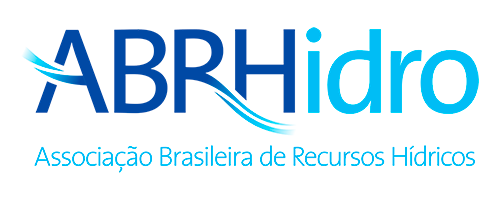9th International Symposium on Integrated Water Resources Management (IWRM) | 14th International Workshop on Statistical Hydrology (STAHY) | I EBHE - Encontro Brasileiro de Hidrologia Estatística
Data: 04/11/2024 à 07/11/2024
Local: Florianópolis-SC
Mais informações: https://www.abrhidro.org.br/iebhe
Calibration and Validation Framework for Integrated Water Systems Models for Decision-Making Under Change
Código
I-EBHE0147
Autores
Saumya Srivastava, Leyang Liu, Barnaby Dobson, Ana Mijic
Tema
WG 2.6: Water systems analysis for integrated planning & management
Resumo
The practice of calibrating integrated water systems models is not as common as the calibration of hydrological models. Hydrological models are calibrated using advanced mathematical and statistical algorithms. This calibration methodology frequently generates parameter values that are impractical and may lead to accurate outcomes for incorrect causes. Another approach involves using perceptual modelling to create an optimal conceptual model framework for a particular catchment area, and then calibrating the parameters to ensure accurate and justified results. A more recent approach to hydrological modelling involves generating multiple conceptual models that consider different catchment conditions using synthetic data. This ensures that a specific conceptual model is available for each catchment under any future climatic condition. The aforementioned techniques are the conventional approaches employed for calibrating hydrological models. Such approaches may not work in the same way when calibrating integrated water systems models. This is because these integrated water systems models are composed of various components, not limited to hydrology alone, resulting in a greater number of feedback loops and parameters connecting these components. This necessitates a substantial quantity and variety of observations for calibration, a significant portion of which are not precise. This poster will present the initial findings of a calibration and validation framework specifically developed for integrated water systems models, demonstrated using the WSIMOD (Water Systems Integrated Modelling) framework. This will also illustrate how these models can be used to plan for adapting to changing catchment conditions.

